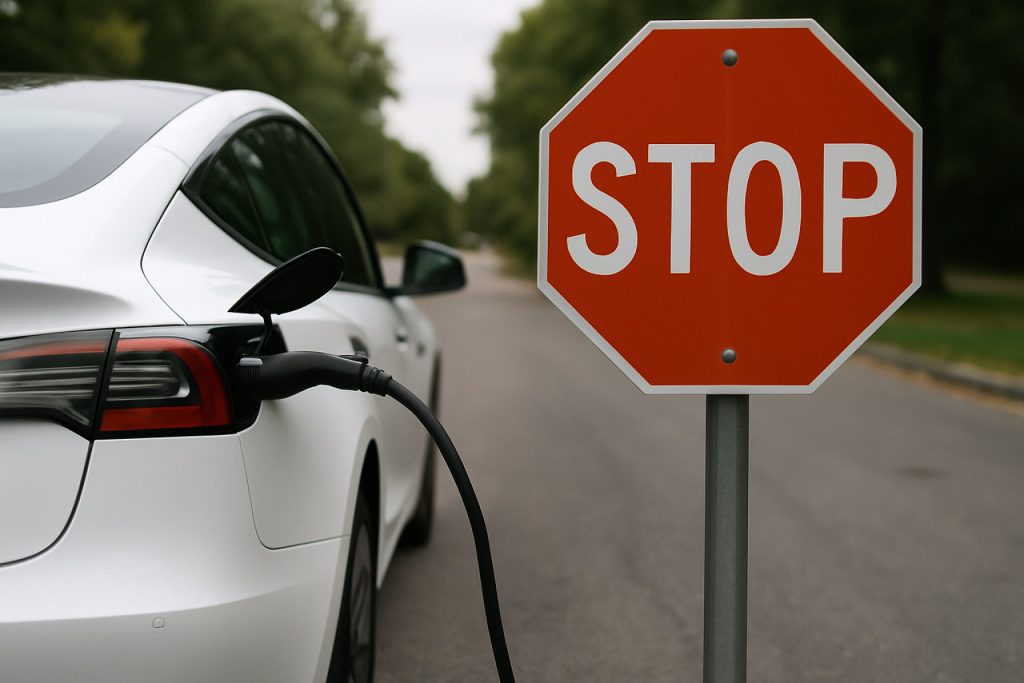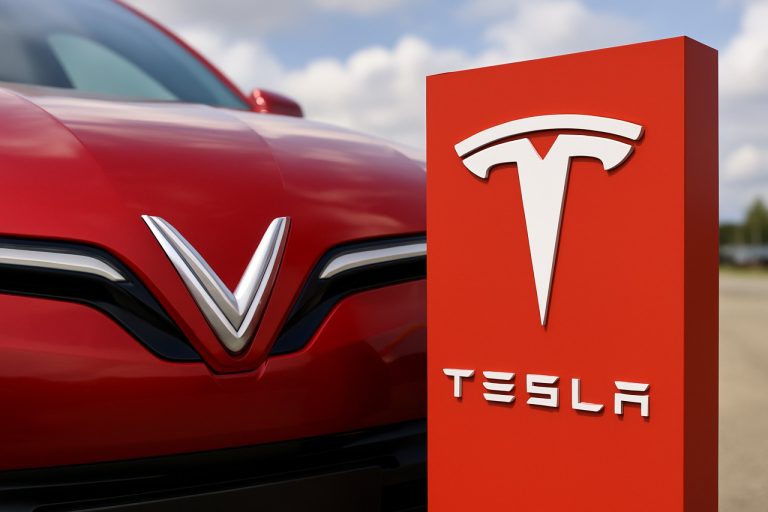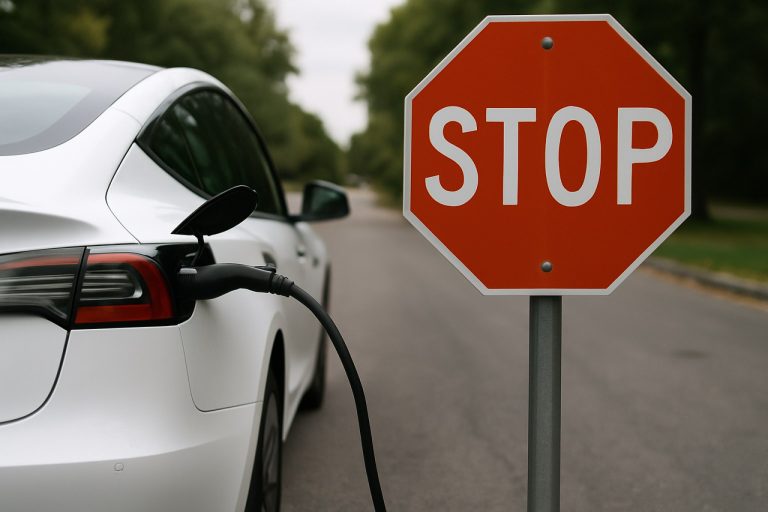
Game-Changing EV Tax Credit Shakeup: Only a Handful May Qualify by 2026—Is Your Next Electric Car on the List?
Major changes to federal EV tax credits could leave most electric vehicles ineligible by 2026. See which models (and automakers) stay in the game.
- $7,500 – Current max federal EV tax credit, if your car qualifies
- 21 – Number of EV models eligible as of June 2025
- 85% – Share of EV sales (2010-2024) now excluded from the new credit proposal
- 2027 – Year when consumer EV tax credits are set to end entirely
The nation’s journey toward cleaner, greener vehicles is facing a sudden detour. Sweeping changes to the Inflation Reduction Act’s (IRA) crucial electric vehicle (EV) tax credits could gut incentives for most new buyers—just as America’s EV boom hits its stride.
By January 2026, proposed updates would slam the door on credits for most of the best-selling EVs, limiting eligibility to brands and models with lower sales and slower adoption. Industry giants and EV trailblazers alike are left in the dust, while only a surprising few options remain for those hoping to cash in on federal incentives.
What Are the 2025 Changes to the EV Tax Credit?
Right now, drivers who want to go electric can get up to $7,500 back through a federal tax break—a perk that makes clean cars a lot more budget-friendly. This credit can even be deducted from the sticker price at dealerships, trimming that high EV price tag.
But here’s the catch: The new plan, set to launch in 2026, means you’ll only qualify if your chosen automaker hasn’t already sold 200,000 qualifying EVs. On top of that, there are tough requirements about where the car and its battery are built, and the price must stay below $55,000 for cars or $80,000 for trucks and SUVs.
The bad news? Most popular EV makers—think Ford, General Motors, Tesla, and more—will blow past that 200,000 cap long before 2026 arrives.
Q: Which EVs Will Still Be Eligible For the Tax Credit in 2026?
Shockingly few. Of the 21 vehicles currently eligible, by 2026 only Honda’s new Prologue (and its luxury twin, the Acura ZDX) are likely to qualify—because Honda arrived late to the EV party. The twist: These Honda models are built by General Motors on a Chevy Blazer platform, but buyers of the actual Chevy Blazer EV won’t see a cent in tax credits.
Even more limited, newcomer Rivian—an American all-electric brand—will get a short window to tap into credits with its R2 model, but only if it beats the 200,000 sales clock before incentives vanish in 2027.
Q: Why Are So Many Automakers Now Excluded?
This policy shift puts American EV leaders at a disadvantage. Companies that made early, massive investments to build EVs in the U.S.—like Ford, GM, and Stellantis—are suddenly ineligible for incentives, just as their new domestic manufacturing projects get underway.
Meanwhile, automakers that played it slow or are just entering the EV space get rewarded. Even Honda has publicly lowered its U.S. EV goals for the decade. Industry analysts suggest political maneuvering is at play, given Honda’s factory presence in key congressional districts.
How Do These Changes Impact EV Shoppers and the Market?
If these rules pass, the majority of EV shoppers will get shut out of the main federal tax credit in 2026. Most major models—including favorites like the Tesla Model Y, Ford F-150 Lightning, Chevy Silverado EV, Kia EV6, and Hyundai Ioniq line—will be disqualified.
That means fewer choices for consumers, slower U.S. investment in clean car technology, and potentially, a loss of momentum in battling pollution and climate change.
Experts warn this could set the U.S. even further behind China and the European Union, both of which are already outpacing America in EV manufacturing and sales.
Curious about EV industry trends? Head to the latest at White House policy pages or explore ongoing climate news at EPA.
How to Take Action: Protect Your EV Incentives
If you believe in fair incentives for clean cars, you can make your voice heard. Reach out to your representatives in Congress, share your story, or use advocacy tools offered by non-profits.
Don’t let the future of affordable EVs slip away. Here’s what you can do right now:
- Check if your current or next-choice EV will still qualify for federal credits in 2026
- Stay updated on Congressional action via official news sources
- Contact your lawmakers to support robust EV incentives
- Consider buying before major changes take effect
This pivotal moment could redefine America’s EV future. Take action today to protect your choices, your wallet, and the planet’s health!



